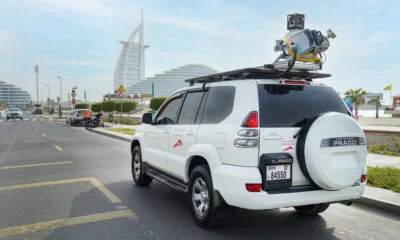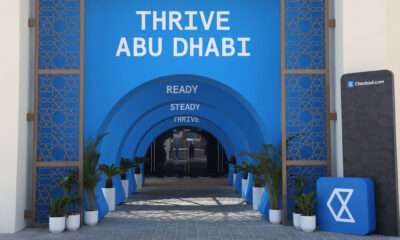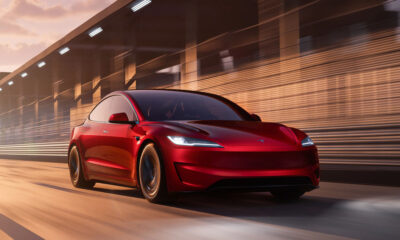News
Tesla Batteries Store Sun’s Power At World’s Biggest Solar Farm In Dubai
The Solar Park currently generates around 1 MW of electricity, but DEWA aims to expand it to 5 GW by the end of this decade.
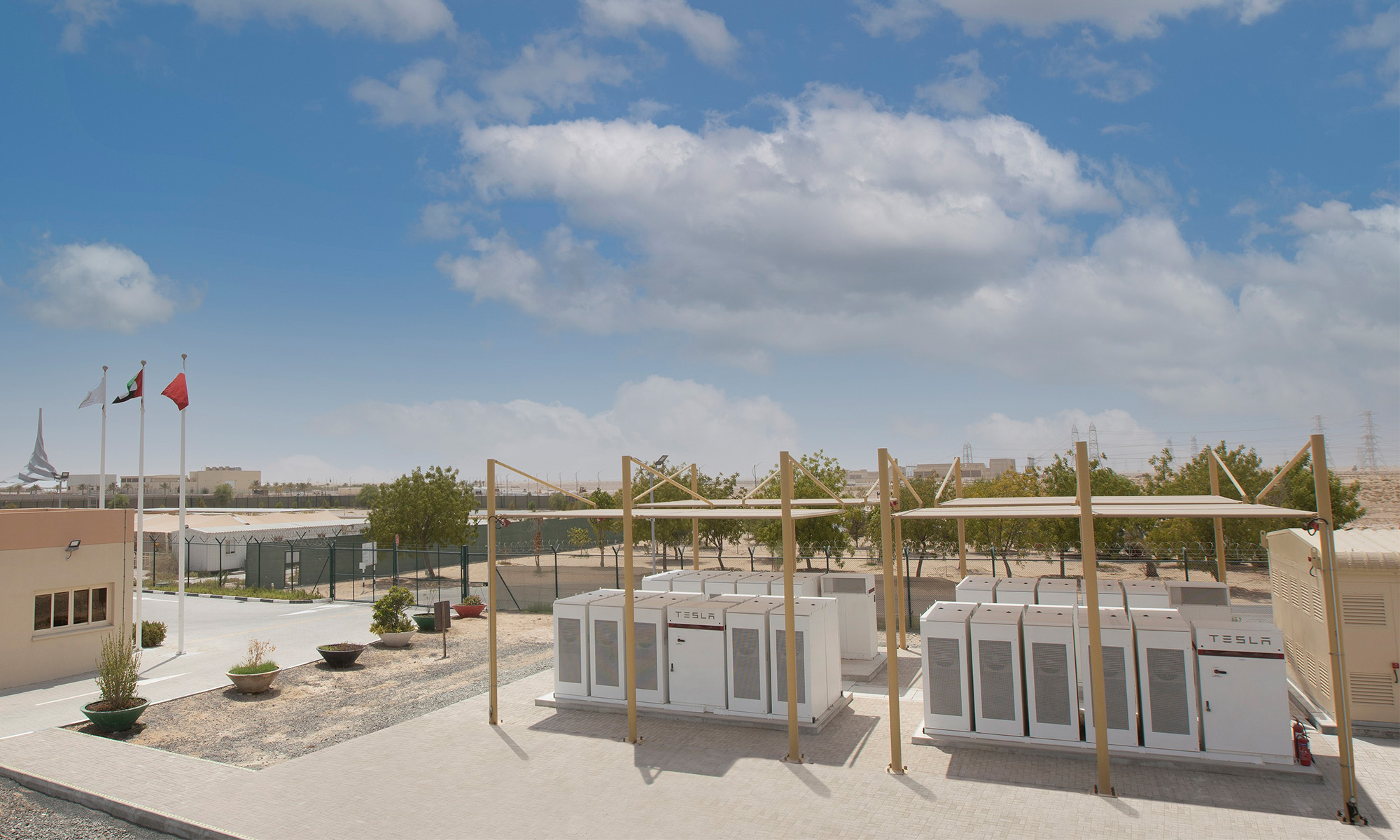
While there’s no shortage of hot sunny days in the MENA region and the United Arab Emirates in particular, it’s not enough to harness the sun’s energy using solar panels. The generated energy has to be stored somewhere so that it can be utilized when needed, instead of only when the sun is shining. That’s why the Dubai Electricity and Water Authority (DEWA) and Tesla have joined forces to install a Tesla battery energy storage system (BESS) at the Mohammed bin Rashid Al Maktoum Solar Park, one of the world’s largest renewable projects in the world.
“The energy storage project using Tesla’s lithium-ion battery solution at the Mohammed bin Rashid Al Maktoum Solar Park, the largest single-site solar park in the world, aims to diversify the energy mix and enhance energy storage technologies,” said DEWA managing director and CEO Saeed Mohammed Al Tayer.
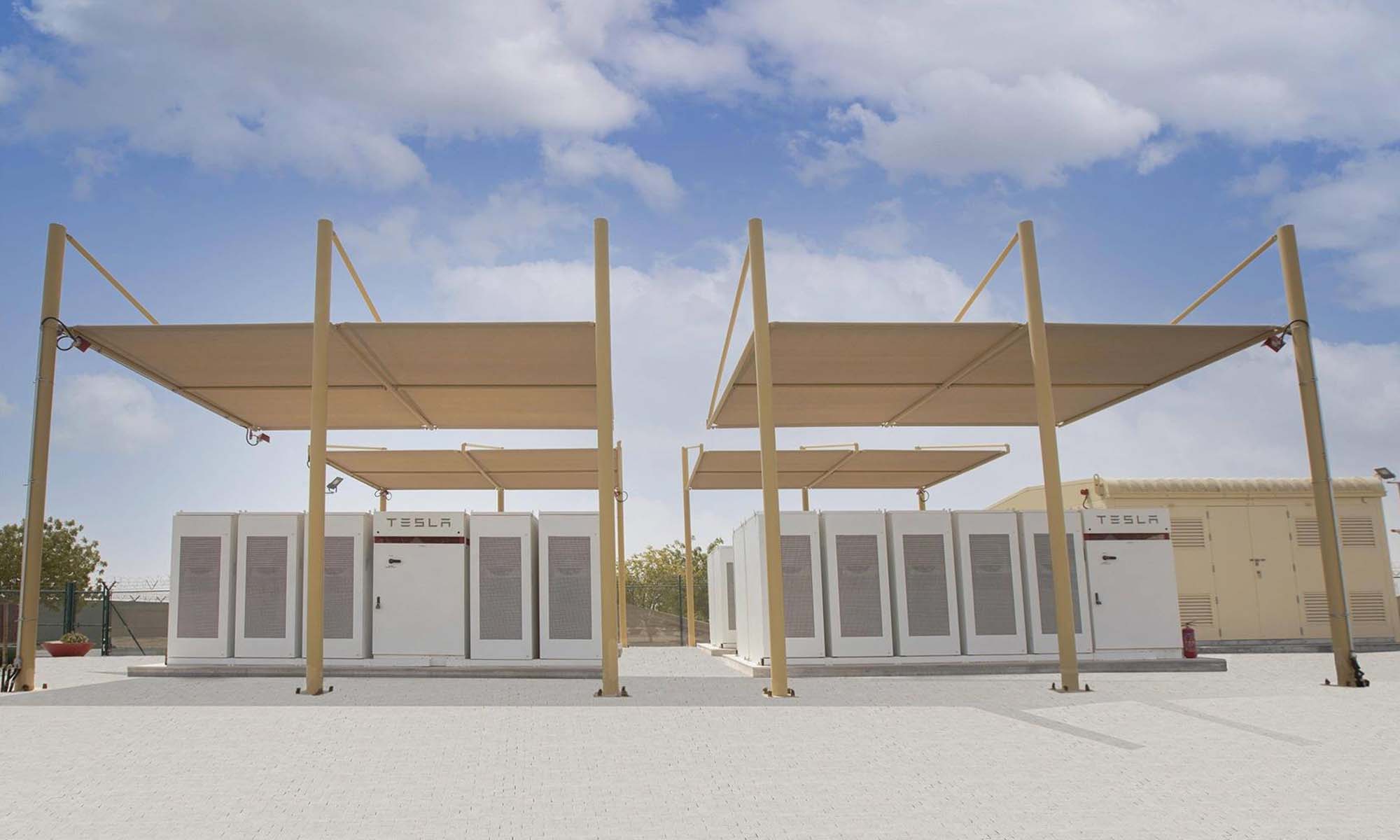
Another goal of the pilot project is to evaluate the technical and economic capabilities of the technology and to test its role in the integration between clean energy and energy storage to achieve maximum efficiency and reliability.
Currently, the Mohammed bin Rashid Al Maktoum Solar Park can generate around 1 MW of electricity, but DEWA aims to expand it to 5 GW by the end of this decade. To put the number into perspective, a typical nuclear reactor produces approximately 1 GW of electricity.
Also Read: Scientists Discover Bacteria That Makes Toxic Water Safe To Drink
DEWA is also working on other renewable projects, testing a sodium sulphur (NaS) energy solution and developing a 250 MW pumped-storage hydroelectric power station.
Together, these renewable projects aim to realize the Dubai Clean Energy Strategy 2050, whose goal is to produce more than 75 percent of Dubai’s energy requirements from clean, renewable sources to significantly reduce the city’s carbon footprint in the world.
News
Influencer Growth Fuels Saudi Creator Economy Surge
The Kingdom’s creator economy grew over 32% in Q1 2025, fueled by TikTok, UGC, and cost-per-action (CPA) influencer models.

Saudi Arabia’s creator economy saw a significant 32.37% growth in the first quarter of 2025, driven by an uptick in influencer marketing, content-driven e-commerce, and the increasing influence of user-generated content (UGC). These insights come from a recent study by Admitad and the Stllr Network.
Much of this momentum is coming from video-based platforms, where brands are leaning on creators who feel more relatable than polished ad campaigns. The trend shows a clear preference for authenticity, as audiences gravitate toward content that feels real and personal.
Mohannad Alzahrani, Co-founder and VP KSA of Stllr Network, highlighted the shift: “The rise of user-generated content (UGC) is changing the way brands engage with consumers. Audiences trust real creators more than traditional advertising, making UGC a key driver of authenticity and sales”.
TikTok remains the dominant platform in this space, reportedly reaching 88% of the Saudi population. It also showed the sharpest rise in influencer-led transactions. Other platforms followed with solid, if less dramatic, growth: X was up 17%, Instagram increased by 12%, and Telegram by 10%.
In terms of content niches, beauty led the pack with a 56% growth rate, followed by lifestyle at 45.8% and fashion at 18.2%. Tech content also showed healthy traction at 10.6%, while entertainment, food, fitness, parenting, and gaming posted smaller — but still positive — gains.
Also Read: Top E-Commerce Websites In The Middle East In 2025
The report analyzed more than 300,000 influencer-driven purchases. These efforts translated into a 15% year-on-year jump in Gross Merchandise Value (GMV) and a 5% increase in the number of orders in 2024. Influencers themselves are seeing the benefit, with average order values hitting $54 and creator earnings rising by 14%.
A noticeable trend is the move away from fixed-rate deals. More influencers in Saudi Arabia are embracing hybrid compensation models — especially cost-per-action (CPA) setups that tie their earnings directly to performance.
As Anna Gidirim, CEO of Admitad, explains, “The CPA model brings much-needed transparency to influencer marketing. Brands only pay for actual results, and influencers benefit by securing long-term partnerships while offering their audiences exclusive promo codes and special discounts”.
However, the ecosystem still shows a gender imbalance. The data indicates that 63% of creators in Saudi Arabia are men, while women account for just 37%.


